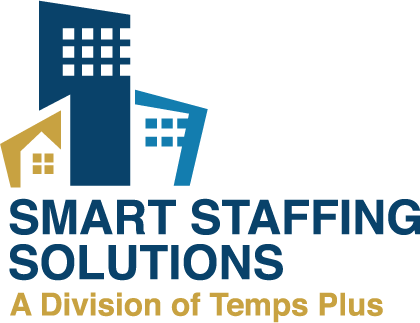Employee underperformance can be frustrating. Your organization’s human resources department has invested time and financial resources into the recruiting process, and naturally, you don’t want to waste this investment and cut ties with the employee prematurely.
Fortunately, you may not have to. There are many ways that you can support an underperforming employee, including the following:
1. Address Underperformance Immediately
The most effective way to resolve underperformance concerns and prevent staffing woes is to be proactive. If you notice that an employee’s performance has dipped, address it immediately.
When addressing concerns about performance, be sure to use well-established people management protocols. Be direct, but understanding. Demonstrate empathy and explain your position. Work with your employee to find solutions; don’t place blame.
The sooner you address underperformance, the better your chances of salvaging your relationship with that employee are. Promptly resolving performance concerns will also protect the morale of your other staff and lead to a better overall work environment.
2. Conduct a Survey
If multiple employees are struggling to meet performance thresholds, your training and educational practices may be at fault. The best way to find out is to conduct a survey.
In the survey, ask employees what skills they feel could use improvement. The survey should also include questions regarding employees’ perceptions of organizational leaders’ management styles.
In order to encourage honest participation, consider making the survey anonymous. You can group survey results by department so that you can deliver the right training to the right teams.
When reviewing survey results, be as objective as possible. Analyze your own leadership practices and identify ways you can improve your performance as well as that of your staff.
3. Schedule a Meeting
A one-on-one meeting is a great way to troubleshoot a struggling employee’s performance. Before you book this meeting, make sure that you’re well prepared. This means speaking with the employee’s direct supervisor and gathering data on their performance trends over the last few months.
When it comes time for the meeting, let the employee know that you’re all on the same team. Give them an opportunity to voice their concerns and challenges. Listen as much as you speak, if not more.
End the meeting by proposing a solution and scheduling a follow-up sit-down. This will let the employee know that you are genuinely concerned about their success while also giving you a chance to check in later to see if they have improved.
4. Identify the Root Cause
Establishing the root cause of performance shortcomings is critical to getting employees back on track. Underperforming employees may simply need more training or might spend too much time focusing on the wrong details.
Alternatively, they may be navigating complex personal challenges that have negatively impacted their performance at work.
Sometimes the root cause is that the staff member just isn’t the right fit for your organization. Unfortunately, the ultimate solution for this challenge is cutting ties with the employee.
You can avoid this undesirable scenario by sourcing your talent from a professional firm like Smart Staffing Solutions. We partner with clients in the new home sales, human resources, and homebuilding sectors to provide them with talented, pre-trained employees who fit with your organization.
If you’d like to access quality staff, request talent from Smart Staffing Solutions today.

